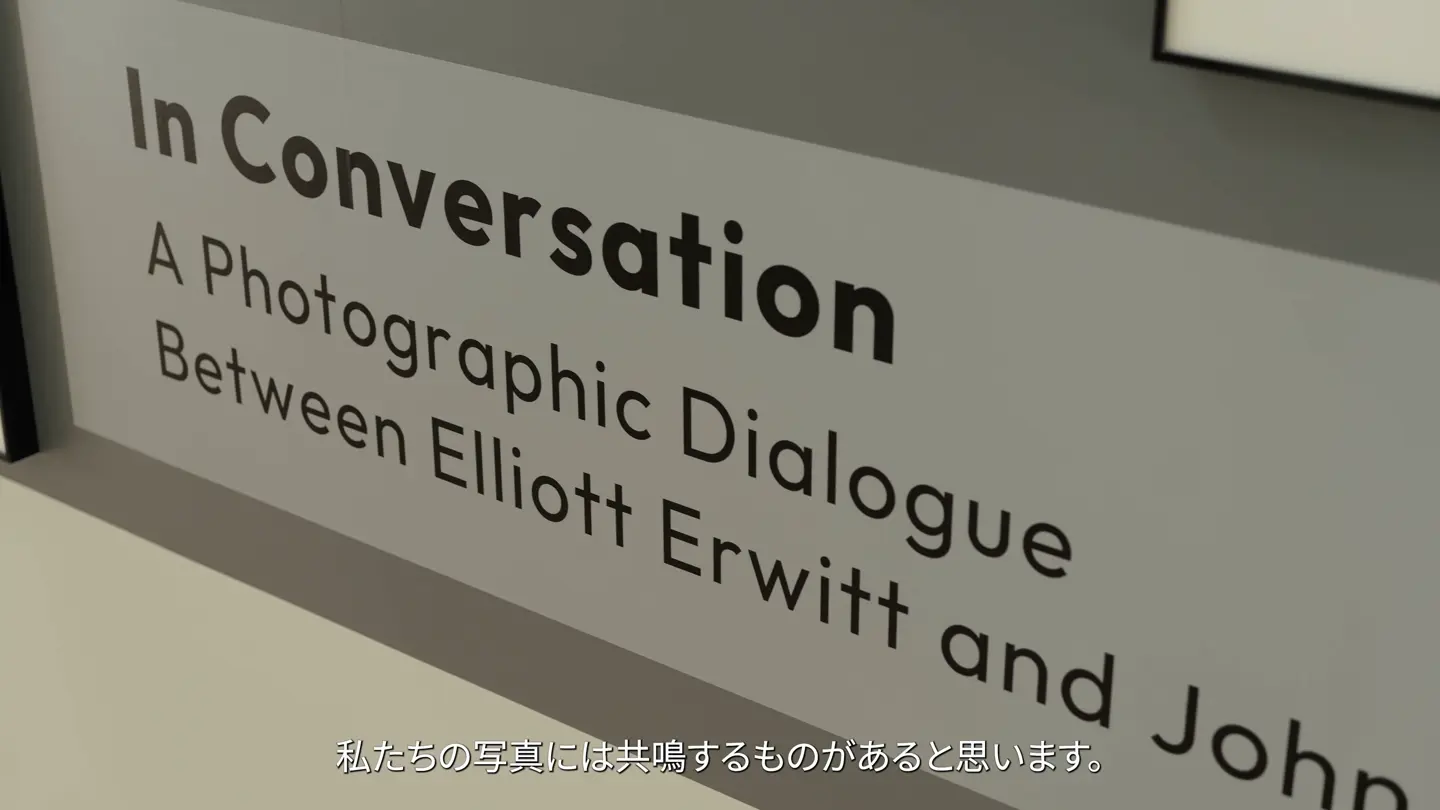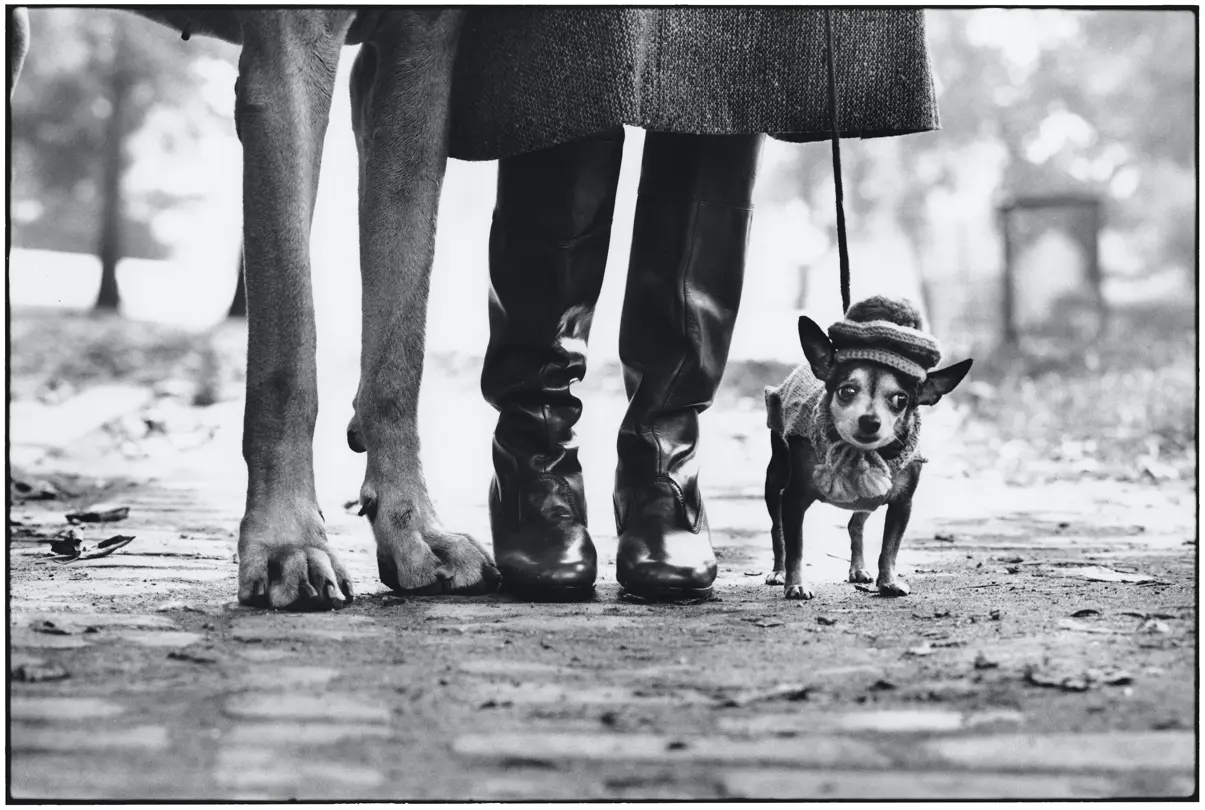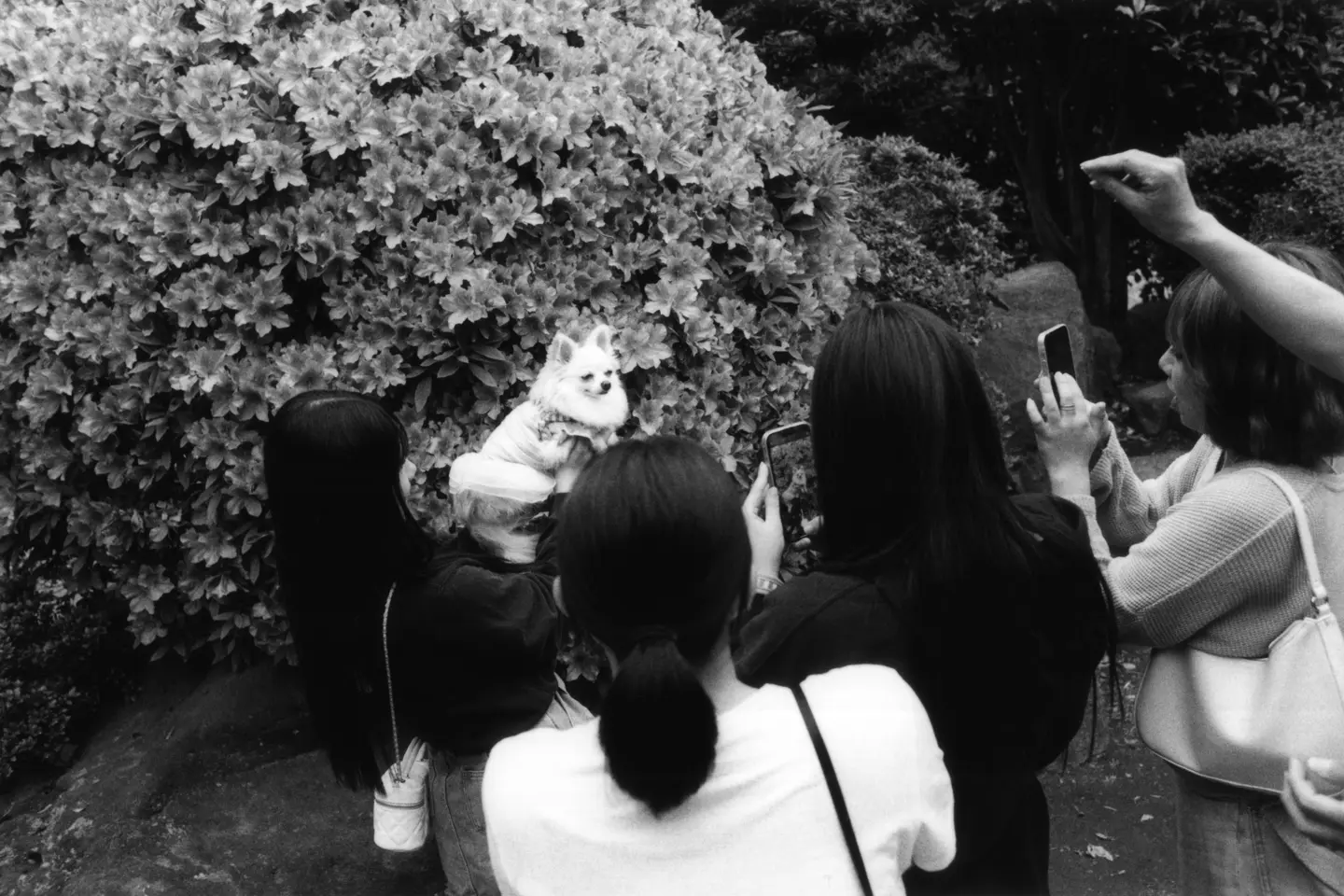
In Conversation: John Sypal & Elliot Erwitt
To mark the centenary of the Leica I, Leica icon Elliott Erwitt and American photographer John Sypal enter into a photographic dialogue. The exhibition will be held at Leica Gallery Tokyo Omotesando in October.
Erwitt is above all known for his poetic black-and-white street photography, for the most part with dogs as his subjects. He also portrayed prominent figures and documented historic events. John Sypal also focuses on street photography, but with an emphasis on Tokyo, combined with a sense for style, fashion, and extraordinary personalities. Both contribute to the photographic juxtaposition commemorating the Leica I centenary, striking up a photographic conversation in Tokyo.
© John Sypal
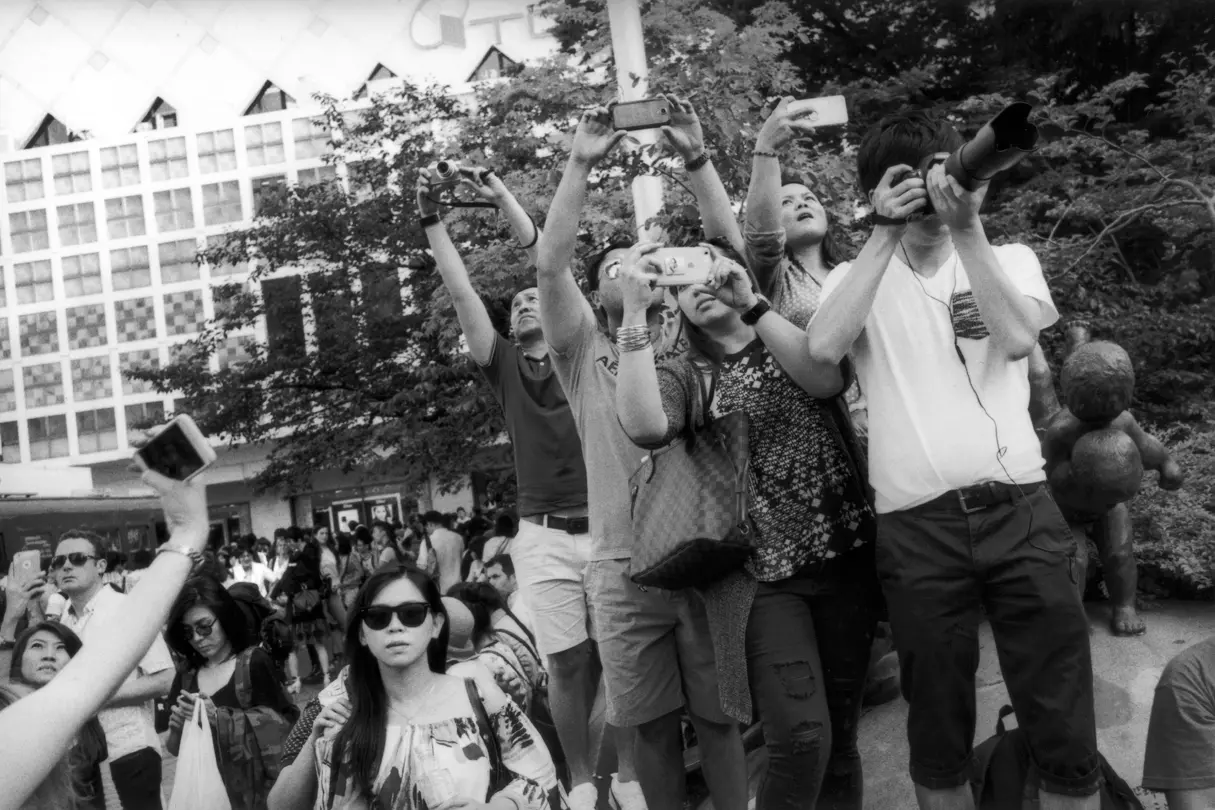
100 years of Leica photography: what are your thoughts on this?
As someone focused on 35mm film photography, it’s remarkable – and fitting – that the company that established 35mm photography remains, when all is said and done, the final one that never stopped making 35mm film cameras. But it’s more than just the tools: when I visited Wetzlar and Leica Welt in 2022, I became keenly aware through the exhibits and attitudes of the staff just how passionate the company is about photography through and through. The engaging and informative exhibits explaining photography at the Ernst Leitz Museum are simply superb. Looking at the past century, I truly believe that photography is undeniably richer, more dynamic, and satisfying because of Leica’s contributions to it.
How has the work of LHOF winners influenced your work?
There’s a great quote of Elliott Erwitt’s on the Leica website: “Photography is pretty simple – you react to what you see.” I love it! That’s long been my approach, too. Erwitt’s work suggests that a snapshot is perhaps the purest, most potentially interesting form of photography. While the technical and artistic aspects of the medium march ahead, I think it’s well worth considering what lessons of Erwitt’s twentieth-century perspective we should carry on into the twenty-first. I’d say his sense of goodwill, curiosity, and humor are as necessary today as ever, if not more so.
© John Sypal

What is the subject matter/theme of your photographs that are being displayed in the exhibition?
There are multiple, overt visual elements in our pictures that viewers will notice – kids, dogs, life in cities – but the discovery I hope viewers make is our shared bemusement of the world and humanity. We both have a thing for people. The beauty and humour of the world deserves witness – and enjoyment.
© John Sypal
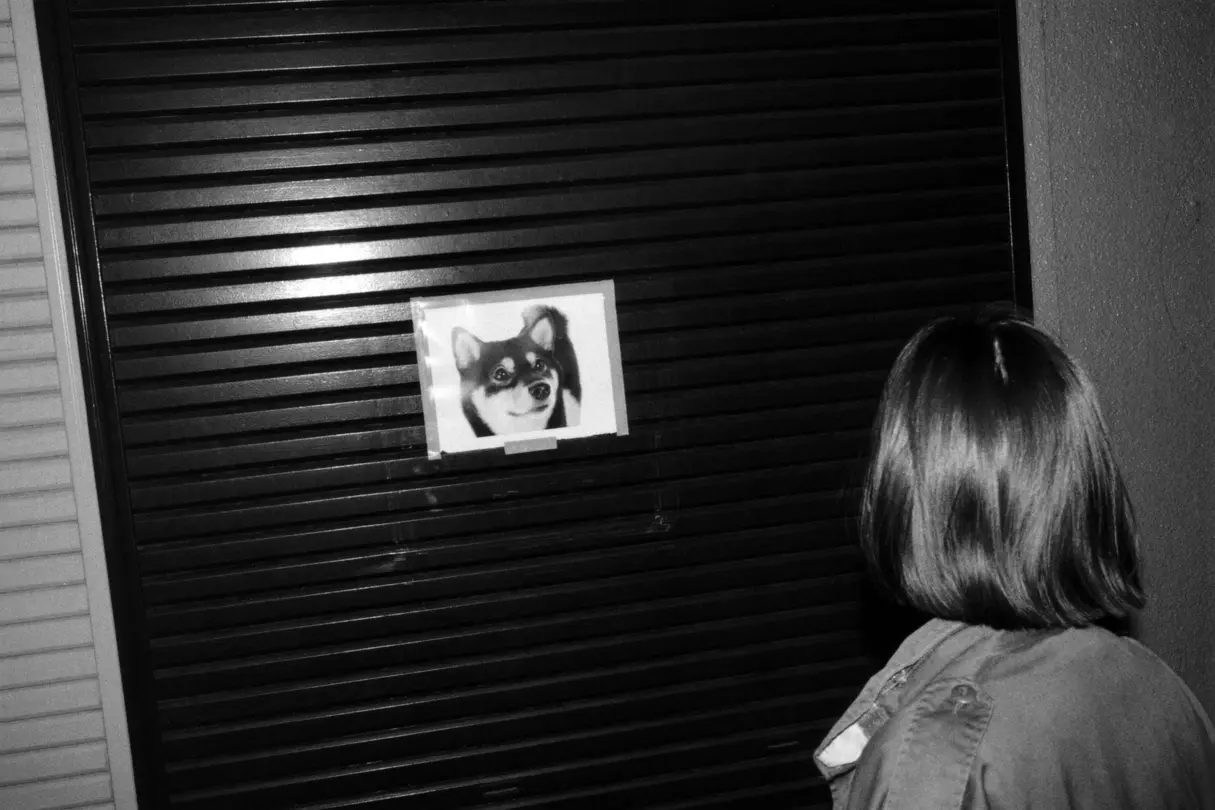
Which camera did you use for your photography?
My photos in the show were taken with a Leica MP or M6, mostly with Summicron lenses. For me, a film M with a 35mm lens offers the cleanest, most natural way of taking photographs. I process the film myself at home. After that, I go into the darkroom to make contact prints and then later enlargements. My process is fairly traditional, and I enjoy every part of the cycle. There is always something to do – shoot, develop, print, repeat. I love it.
Where do you get your inspiration?
Certainly, inspiration arises just by walking around with a camera in hand! It’s funny – I find that the less expectations for a photograph I have, the more appealing and inspiring the world looks, especially through a viewfinder. The best pictures I take are the ones that take me.
Tokyo offers endless encounters with exhibitions and photobooks. Japan has a rich photographic history – and community – that I feel indebted to and inspired by. I’m also fascinated by anonymous, amateur snapshots found in family albums from the 20th century. There’s a directness in these kinds of pictures, ones taken on a whim or for commemoration – I’m drawn to the authenticity in the moments.
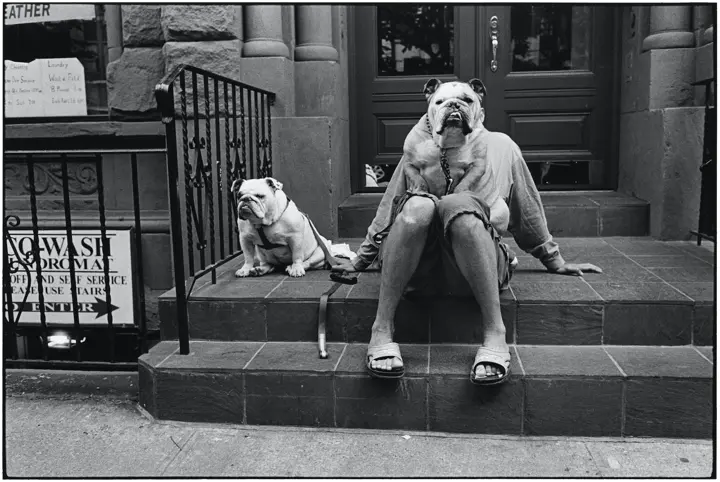
© Elliott Erwitt/MAGNUM PHOTOS, Leica Hall of Fame Award 2023, Leica Gallery Wetzlar 2023
Which picture from the selection of the LHOF winners do you like best? Can you briefly describe it?
Erwitt’s photo of the man with a bulldog on his lap is one of those rare pictures that makes you look twice, every time. It exemplifies the sort of visual “glitches” that a camera can record or create. While going through my archive for this project, I rediscovered a picture from about ten years ago of a Shiba dog in the arms of a neighbor. I remember saying hello, and then instinctively, snapping the photo. No time for planning, or thinking! It was a reaction to the moment. Only after looking at my contact sheet did I realize how the picture echoes Erwitt’s masterpiece. I like how our pictures together suggest that photography is an ongoing conversation through images across time.
The exhibitions are about a visual dialogue between two generations. How did you approach this theme?
This project has been an honour – and quite a challenge! From the start, I understood that running around with a camera trying to take “Elliott Erwitt Pictures” was the wrong way to go about it. On the other hand, I’m pretty good at being me – or at least following my own compulsions and curiosity. This approach, staying true to yourself, is something that he and I share. So, rather than searching out specific subject matter or situations, I did my own thing, trusting that the conversation that would arise between the time and space of our pictures would spark some kind of insight in the viewer’s minds.
The Erwitt photographs in the show are from Leica’s own print archives – they’re traditional silver gelatin prints. I’m a darkroom printer, too – so I was pleased to have this connection of film and darkroom prints. Speaking of his prints – they are quite large! Due of my esteem for him and his legacy, I decided to print my work on smaller 11×14 paper and balance the show visually by adding in a few more pictures. This variation in print size – and sequencing dynamism – creates a tempo for viewers to enjoy.
What are the similarities or differences that become visible in this dialogue?
I hope viewers will notice a shared optimism in humanity (and dogs), and an appreciation for moments that, when photographed, are even more interesting than they might have been in person. We’re both drawn to authenticity, and share a belief that, rather than ideas, engagement with the world, with all its quirks and trials, is where interesting photos are found. I think there’s room for – and a need for – pictures that can be enjoyed for what they are: succinct visual-poems of celebration.
Certainly one major difference between the scope of our work would be the sheer number of historic events and people that he had access to! The Khrushchev and Nixon photo in particular is a good example. I mean, how do you compete with something like that? And on top of his access, he had a knack for being in the right place at the right time.
How do you think photography has changed in recent decades?
Dealing with the concerns and possibilities, and limitations of the age is the job of any photographer. We have to work with the time and society we’ve been given.
What opportunities and challenges do you see for the future of photography?
I like to think that with the onslaught of AI-created imagery saturating our screens, the authenticity of a real photograph – one made with an actual camera in response to a human moment – will be cherished more. Erwitt’s pictures perfectly demonstrate this. It’s not simply the subject matter or composition or tones or surface description in them that moves us – it’s their humanity. Obviously, a computer program could photo-illustrate a written prompt for an Erwitt-like picture – but the image would ultimately fall flat. Why? Because it isn’t “real”. The charm, beauty, grace, and warmth of his pictures are rooted in authenticity – the evidence – that what we see, through his eyes, actually existed – actually happened. A photograph is a type of truth – one presented through the view of an individual – but it celebrates reality. Erwitt’s pictures make the case that our real world can be enough.
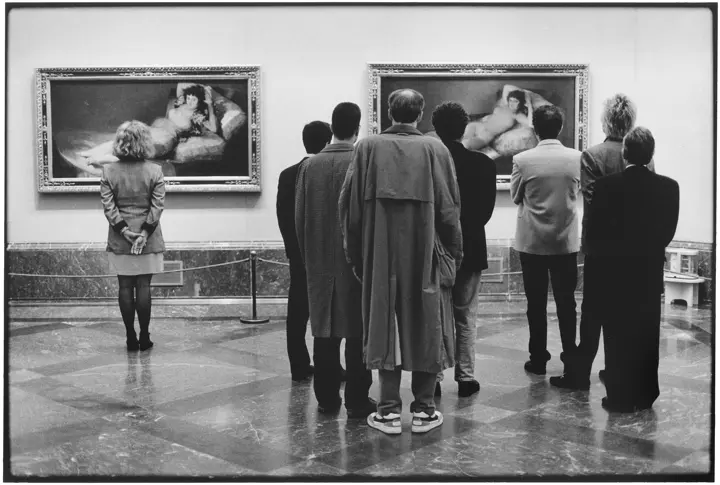
© Elliott Erwitt/MAGNUM PHOTOS, Leica Hall of Fame Award 2023, Leica Gallery Wetzlar 2023
What role do galleries play in the age of digital media, and specifically for your work?
I think that it’s precisely due to the overflow of digital media that there’s an even greater need for galleries today. You can watch a film on your laptop in bed or on your phone on a train – but experiencing that same film in a cinema – and sharing it with strangers – is an entirely different experience. Like a cinema screen, a photograph on a wall in a dedicated space like a gallery offers viewers the opportunity for a more focused, potentially deeper appreciation of the work.
Finally, I think there’s something about the effort required to visit a gallery. Making time and a journey to the venue has its own rewards. For me, it’s the anticipation felt on the trip there, and then later, contemplation. That said, photography galleries remain far too rare. Not every city has a place for people to go and see pictures in person, but hopefully this will change. One other important aspect of galleries is social – they’re places where viewers – often strangers – can interact with one another. In my experience, such encounters with people can be as enriching as pictures...
There are innate limitations to viewing images in any different format – digital media typically relies on (such small) screens, and what you’re even shown now is often the result of profit-focused algorithms. Perhaps the limitations to viewing a print in a gallery concern access, time, and place. And yet, to me, these constraints are liberating. No distractions! They’re there to be seen and considered.
There’s also a physical aspect to seeing photographs in a gallery – you can move closer, or step back – true engagement. Perhaps most importantly is the way that unexpected connections can suddenly appear between images on the walls – or from across the room. These invisible threads that criss-cross the room connect pictures in a way you can really only experience in a gallery space.
© John Sypal
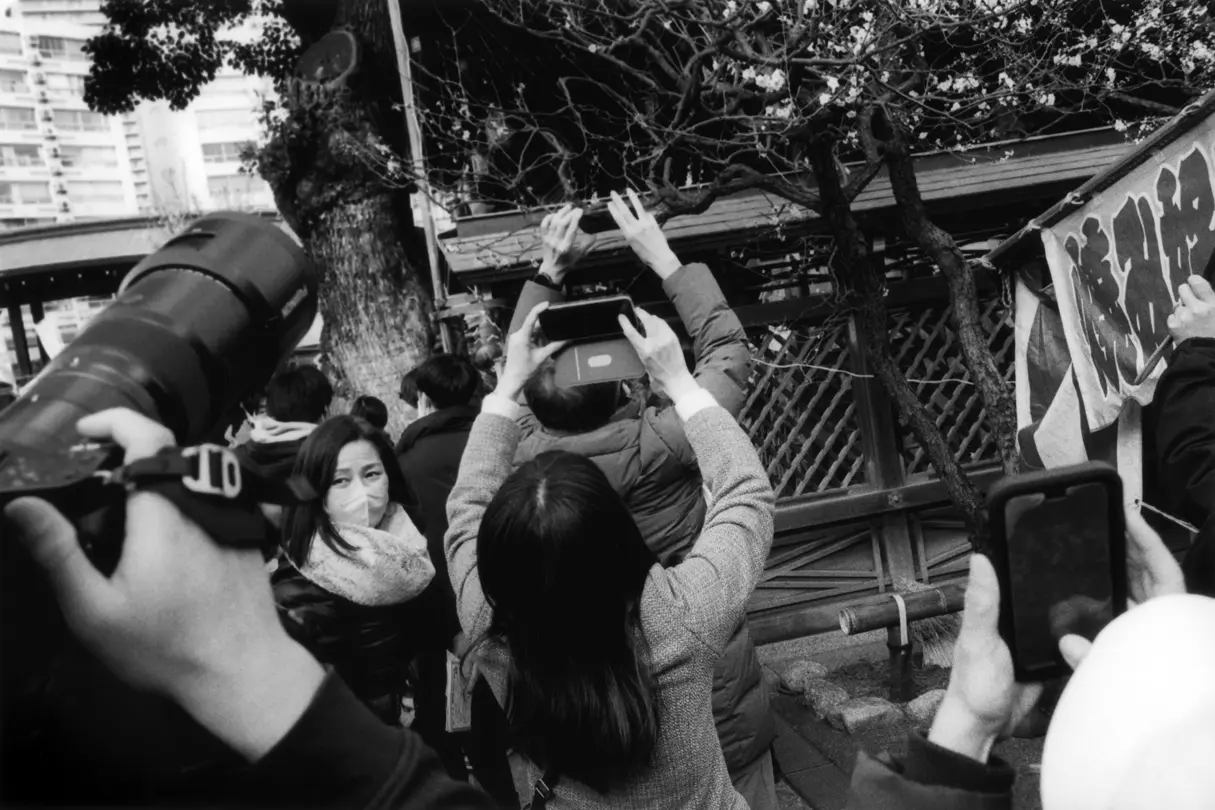
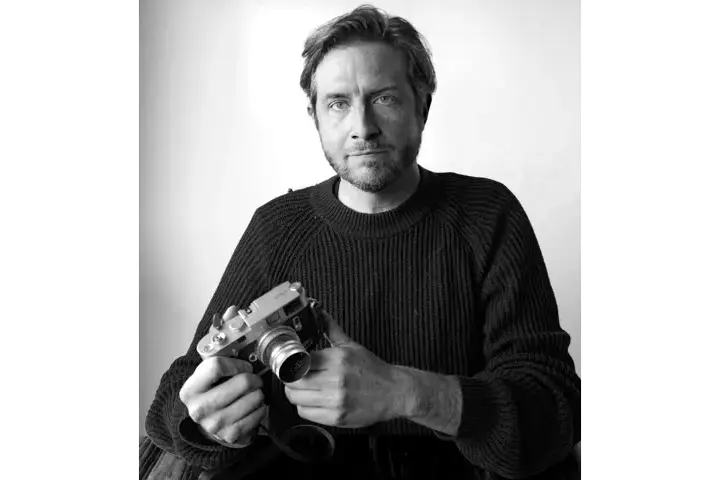
© John Sypal
About John Sypal
Born in 1979 in Nebraska, USA, he took up photography in 2001. He has regularly exhibited his works at galleries in Tokyo since moving to Japan in 2004. He has been sharing Japanese photographic culture with an international audience in his blog Tokyo Camera Style since 2008. He joined the photographer-run gallery Totem Pole Photo in Tokyo in 2010, where he works with film, developed himself in the darkroom, and presents multiple solo shows there each year. He has published five books as well as many reviews of photo books and exhibitions.
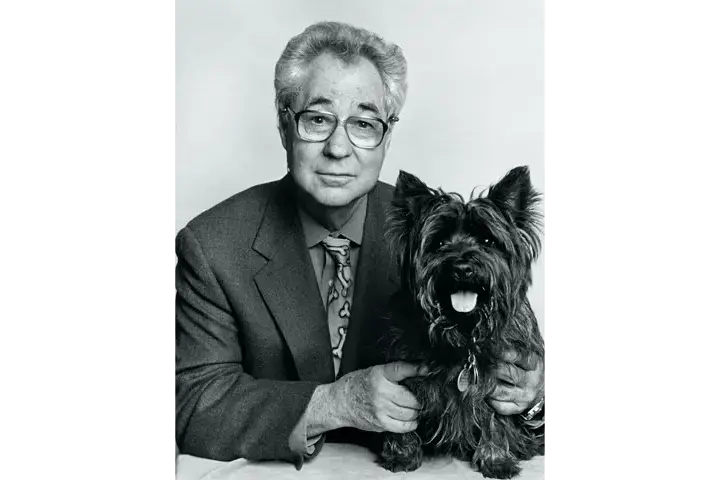
© Elliott Erwitt/MAGNUM PHOTOS, Leica Hall of Fame Award 2023, Leica Gallery Wetzlar 2023
About Elliott Erwitt
Born in Paris on 26 July 1928. Spent his childhood in Milan before moving to Paris in 1938 and on to the United States the following year, where he discovered photography. He became a member of the Magnum Photos agency in 1953, serving as its president multiple times. He intermingled journalism with commercial jobs, while also finding time for artistic work. In the 70s, Erwitt focused more on film, producing documentaries, and made a series of television comedies in the 80s. He received the Leica Hall of Fame Award in 2023. Elliott Erwitt lived in New York City, where he passed away in November 2023.
